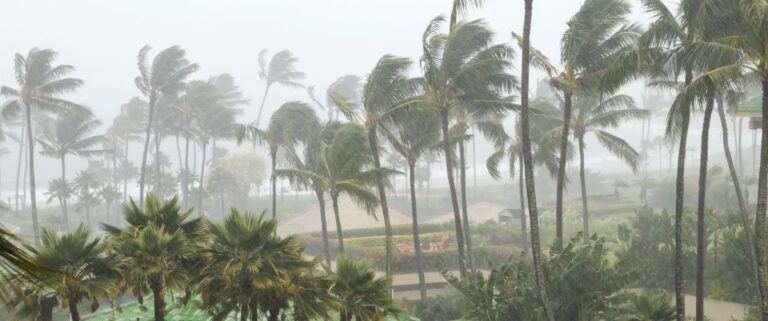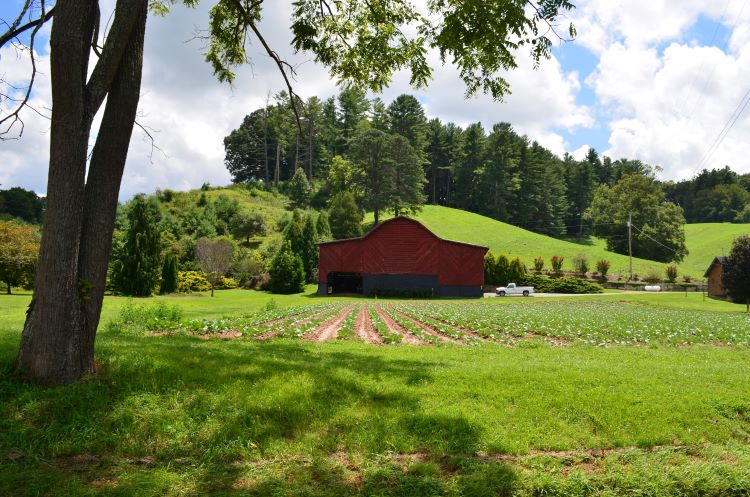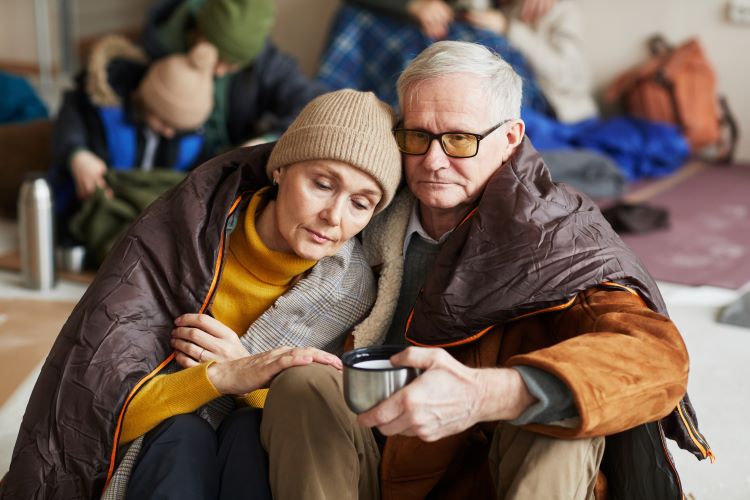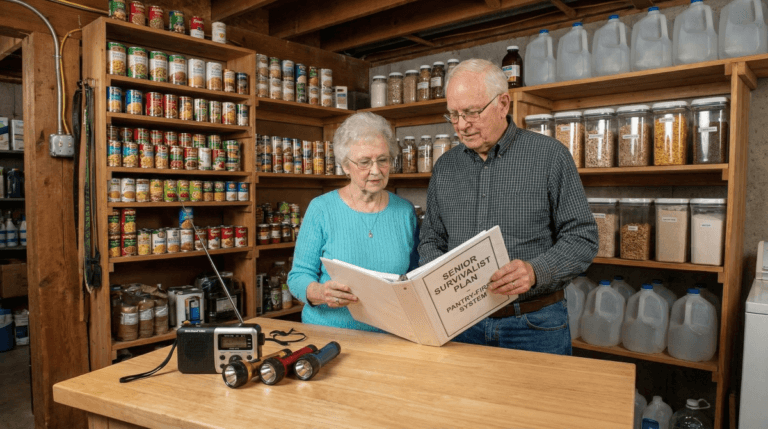5 Must-Have Items for a Bug Out Bag
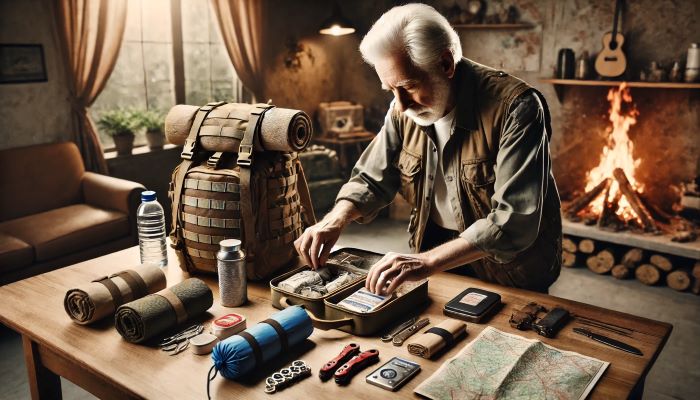
Building a well-prepared bug-out bag is more than just throwing survival gear into a backpack. The goal is to create a portable survival kit that will allow you to survive for at least 72 hours, ensuring you can leave quickly and remain mobile.
I know this bag is just for 72 hours or 3 days. This is for a short-term disaster, but it forms the foundation for your bug-out bag. Just add more items if this is for a longer-term disaster. I have more than one bug-out bag to accommodate more than one scenario.
When disaster strikes, whether it’s a natural disaster, civil unrest, or infrastructure failure, your bug-out bag should provide everything necessary for you to survive on the move.
To achieve this, the items you pack need to be carefully selected for versatility, durability, and practicality. Space and weight are as critical as the gear itself, meaning every item in your bug-out bag must serve a clear purpose. When assembling your kit, focus on these five must-have items, which form the foundation of any solid bug-out bag.
1. Water
A reliable water filtration system is your bug-out bag’s first and most crucial item. Water is the single most important resource in any survival scenario, but it’s also one of the hardest to carry in sufficient quantities.
The average person needs around one gallon of water per day for drinking and basic hygiene, which can add up to a significant weight if you’re trying to carry it all. This is where water filtration becomes critical.
Tools for Water:
Instead of attempting to carry multiple gallons of water –
- pack a portable water filter,
- such as a filtration straw
- or a pump filter.
These tools allow you to drink directly from natural sources like rivers, lakes, or even puddles by filtering out bacteria, protozoa, and other contaminants.
For backup, water purification tablets are an excellent addition to your kit. They’re lightweight, take up virtually no space, and can treat large quantities of water in a pinch. With both filtration and purification options, you’ll have a multi-layered approach to securing safe drinking water without carrying heavy jugs.
Be sure to include a collapsible water bottle or canteen so you can store water once it’s been filtered. This combination ensures you’re always prepared to find, treat, and carry water, regardless of your journey.
For Backpacking, Camping, and Emergency Survival.
- CAMPING, BACKPACKING & SURVIVAL WATER FILTER: AntiClogTM, a 0.2-micron glass fiber filter, reliably removes 99.9999% of bacteria, 99.9% of protozoa, cysts, algae, spores, and sediments from clear to muddy water. An active carbon core reduces unpleasant tastes and odors.
- EASY TO CLEAN IN THE FIELD: Unlike other water filter systems, the Hiker Pro can be cleaned while camping, backpacking, hiking, or for survival in an emergency. Simply remove the filter from the body and swish in clear water to avoid clogging and ensure a consistent output.
- NAMED EASIEST TO USE BY US RETAILERS: The comfortable, ergonomic handle allows you to filter more water with less effort. It also comes with quick-connect hoses and a bottle adaptor, making it easy to connect to most water bottles and hydration bladders.
- FAST FLOW RATE: The large filter surface of 271 cm2 (107 square inches) enables a flow rate of 1L per minute, with approximately ~48 pumps. It filters an average of 300 gallons before needing a replacement. It is ideal for use by 1-2 people.
- LIGHT & COMPACT: At just 11 ounces, Hiker Pro is highly portable, so you can enjoy fresh water on your next ultralight backpacking, hiking, or camping adventure. The manual pumping method also makes it perfect for emergency or survival kits. Storage bag included
2. High-Quality Multi-Tool
The second essential item is a high-quality multi-tool. Tools are indispensable in survival, but carrying a full toolkit is impractical. A multi-tool solves this problem by combining multiple functions into a single, compact device.
A good multi-tool includes essentials like –
- a knife,
- pliers,
- screwdrivers,
- scissors,
- and a can opener.
These tools allow you to perform various tasks, from repairing gear to cutting cordage or processing food.
Use the Multi-Tool for:
- setting up a shelter,
- opening cans of food,
- or making small repairs to your equipment.
The knife function on a multi-tool is crucial, as it serves many roles in survival.
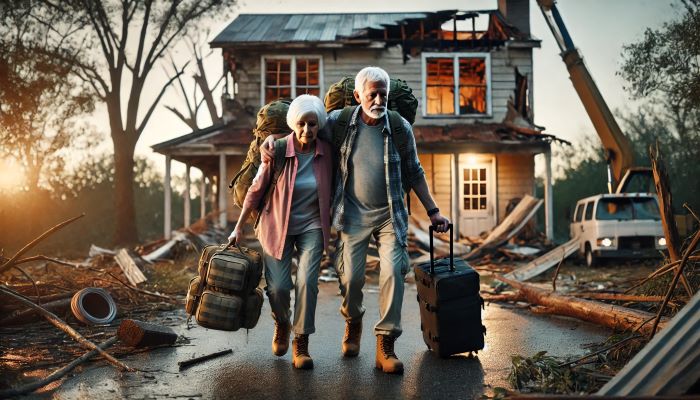
The knife function on a multi-tool can be used to –
- cut wood for fire,
- prepare food,
- or even serve as a basic defensive tool if needed.
When choosing a multi-tool, opt for one made from durable, corrosion-resistant materials, as it will need to withstand exposure to the elements over time. A reliable multi-tool becomes an all-in-one survival companion, saving you the burden of carrying multiple heavy tools.
Read & Learn: Essential Emergency Preparedness Supplies for Elderly Individuals
3. An Emergency Shelter
Protecting yourself from the elements is a top priority in any bug-out scenario. Exposure to rain, cold, or extreme heat can quickly lead to hypothermia, heat stroke, or other dangerous conditions without shelter.
There are several lightweight, compact shelter options designed specifically for emergencies.
Shelter Options include:
- tarps,
- bivy sacks,
- or small, portable tents.
The key is to choose something easy to carry and quick to set up, as you may need to create shelter rapidly in changing weather conditions.
A tarp, for example, is one of the most versatile pieces of survival equipment you can carry.
Use a Tarp as:
- a rain cover,
- ground cover,
- or even be rigged into a makeshift tent.
Paired with some cordage or paracord, a tarp can provide durable, weatherproof shelter with minimal effort.
Emergency Bivy Sacks:
Another excellent option is emergency bivy sacks made from reflective materials. They pack down to a small size and provide insulation to keep body heat in, which is especially important in cold environments. No matter your choice, having a lightweight shelter in your bug-out bag ensures you can protect yourself from the elements in any scenario.
Read & Learn: Step-by-step Guide to Building a Senior-friendly Emergency Kit
4. A Fire-Starting Kit
A fire-starting kit is the fourth must-have item in your bug-out bag. Fire is critical in a survival situation for several reasons.
Advantages of Fire:
- provides warmth,
- allows you to cook food,
- purify water,
- and serves as a signal for rescue if needed.
Multiple methods to start a fire increase your chances of success, especially in wet or windy conditions where one method might fail.
A fire-starting kit:
- waterproof matches,
- a lighter,
- and a fire steel (also known as a ferrocerium rod).
Fire steels are exceptionally reliable because they work in any weather and can produce sparks at high temperatures.
Tinder:
Include some prepared tinder in your kit, in addition to fire-starting tools. Tinder is the material that will catch a spark and get your fire going, and having it ready to use can save you precious time and energy.
You can make your tinder with cotton balls soaked in petroleum jelly, which ignites easily and burns for several minutes. Alternatively, commercial fire starters are available and are designed to burn even in damp conditions. Carrying multiple fire-starting methods ensures you can get a fire going no matter the environment’s challenges.
Read & Learn: List of the Top 5 Bug Out Bags for 2024
5. A Well-Stocked First Aid Kit
A well-stocked first aid kit is the final must-have item. Injuries are inevitable when you’re on the move in a survival scenario, whether they’re minor cuts or more serious wounds.
A first aid kit allows you to treat injuries quickly, prevent infection, and manage pain. While you can buy pre-made kits, it’s often better to build your own, tailored to your needs and environment.
Basic First Aid Kit:
- bandages,
- gauze,
- antiseptic wipes,
- adhesive tape,
- pain relievers,
- and tweezers.
These items cover the basics for treating cuts, scrapes, blisters, and minor burns. However, it’s also important to prepare for more serious medical situations.
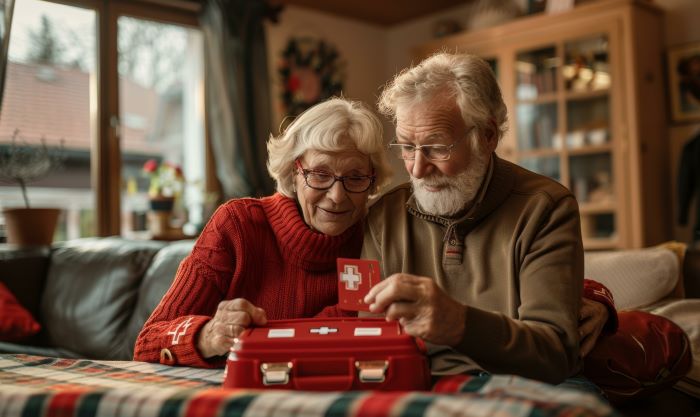
For Serious First Aid Situations:
- trauma supplies like a tourniquet,
- hemostatic agents (which help blood clot faster),
- and a pressure bandage.
These tools could save a life if you or someone in your group experiences severe bleeding. Make sure to pack extra supplies for personal needs.
Extra Supplies may include:
- prescription medications,
- EpiPens,
- or anything specific to the health requirements of those in your group.
In addition to treating injuries, personal hygiene is critical in preventing infections in survival scenarios.
Pack Personal Items like:
- hand sanitizer,
- antiseptic cream,
- and clean wipes to maintain hygiene when access to clean water is limited.
Sanitation-related illnesses can quickly escalate in survival situations, so keeping clean is just as important as treating injuries.
Together, these five items—water filtration, a multi-tool, emergency shelter, fire-starting kit, and first aid supplies—form the backbone of any bug-out bag. They address your most basic and immediate needs: hydration, protection from the elements, warmth, and medical care.
Read & Learn: Looking for the Best Survival Prepper Supply Kits?
Each item is lightweight, compact, and versatile, ensuring you can easily carry them while still maintaining mobility. Preparing your bug-out bag with these essentials ensures that, in the event of a disaster, you have the tools necessary to survive, adapt, and respond to whatever challenges arise.
A well-built bug-out bag doesn’t just equip you to survive for 72 hours—it gives you peace of mind. Knowing that you’re prepared to provide water, shelter, and medical care, even under the most challenging circumstances, allows you to focus on staying safe, finding a secure location, and protecting your loved ones. These five items are the cornerstone of any survival kit; with them, you’re ready to face the unknown confidently.
Have you packed a survival kit? Did you include the items mentioned above? Do you feel comfortable with your survival planning? Please leave a reply below to assist the community with any tips you might have, especially if you are elderly.


